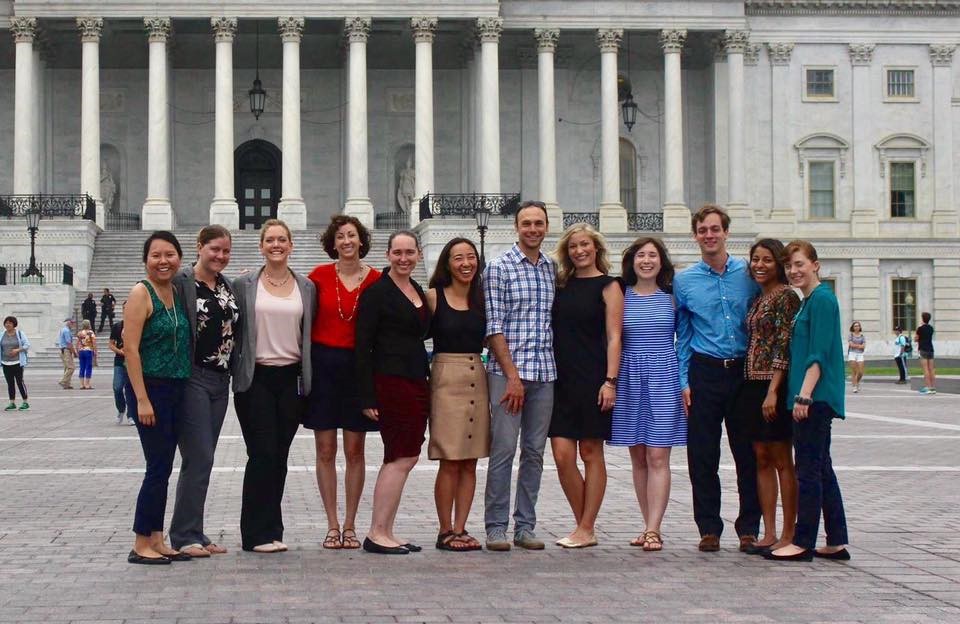
If you are a graduate student interested in combining your education and experience with policy, marine sciences or coastal community resiliency, consider applying for one, or even two, of these fellowships. The opportunities below are open to graduate students enrolled in a master’s or doctorate program. For more information, please visit our Fellowships page or contact Angela Archer at amcbride@purdue.edu or (765)496-3722.
John A. Knauss Fellowship
The Knauss fellowship provides a unique educational experience to students who have an interest in ocean, coastal and Great Lakes resources and in the national policy decisions affecting those resources. The program matches highly qualified graduate students with “hosts” in the legislative and executive branches of government located in the Washington, D.C. area for a one year paid fellowship.
- Application deadline: February 22, 2019, 5pm local time
- Start date: February 1, 2020
- Length: One year
- More info: http://seagrant.noaa.gov/Knauss
NOAA Coastal Management Fellowship
The Coastal Management Fellowship was established to provide on-the-job education and training opportunities in coastal resource management and policy for postgraduate students and to provide project assistance to state coastal zone management programs. The program matches postgraduate students with state coastal zone programs to work on projects proposed by the state.
- Application deadline: January 18, 2019
- Start date: August 1, 2019
- Length: Two years
- More info: http://coast.noaa.gov/fellowship/
National Marine Fisheries Service Fellowships
These fellowships are aimed at Ph.D. candidates, who are United States citizens, interested in the population dynamics of living marine resources and the development and implementation of quantitative methods for assessing their status. The marine resource economics fellowship concentrates on the conservation and management of marine resources.
- Application deadline: January 30, 2019
- Length: Up to two years for Marine Economics and up to three years for Population Dynamics
- More info: http://seagrant.noaa.gov/NMFS-SG-Fellowship

